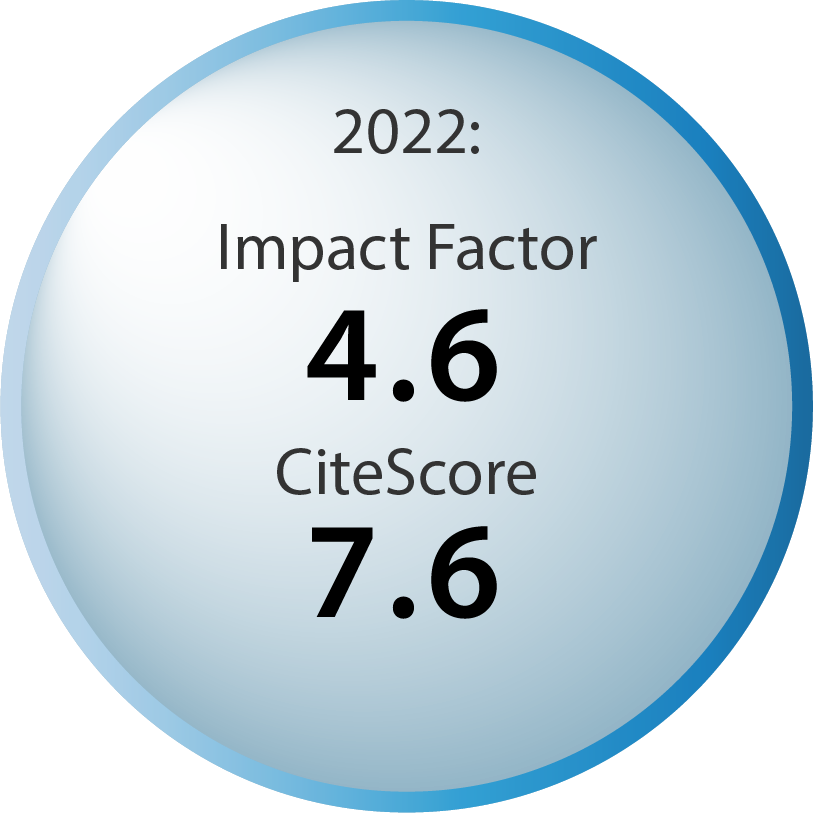Reviews:
Microbial Cell, Vol. 12, No. 1, pp. 109 - 118; doi: 10.15698/mic2025.05.849
Advancements in vaginal microbiota, Trichomonas vaginalis, and vaginal cell interactions: Insights from co-culture assays
Faculdade de Farmácia and Centro de Biotecnologia, Universidade Federal do Rio Grande do Sul, Porto Alegre, RS, Brazil.
Keywords: Candida spp., co-culture, Lactobacillus spp., Trichomonas vaginalis, vaginal health, vaginal microbiota.
Received originally: 10/11/2024 Received in revised form: 28/03/2025
Accepted: 07/04/2025
Published: 15/05/2025
Correspondence:
Tiana Tasca, tiana.tasca@ufrgs.br
Conflict of interest statement: The authors declare no conflicts of interest.
Please cite this article as: Fernanda Gomes Cardoso and Tiana Tasca (2025). Ad-vancements in vaginal microbiota, Trichomonas vaginalis, and vaginal cell interactions: Insights from co-culture assays. Microbial Cell 12: 109-118. doi: 10.15698/mic2025.05.849
Abstract
Vaginal microbiota involves seven communities-state types (CST), four dominated by Lactobacillus. L. crispatus, particularly, offers enhanced protection against infections. Recurrent vulvovaginal candidiasis and trichomoniasis affect millions of people annually, often asymptomatically, facilitating infection spread and leading complications. Co-culture, the technique of cultivating different microbial populations together to mimic real-life conditions, enables the study of microorganism interactions, including inhibitory or promotive effects on pathogens. This review compiles data on co-culture techniques to analyze interactions among Lactobacillus spp., Candida spp., and Trichomonas vaginalis. PubMed was searched using medical subject headings (MESH) terms, ‘co-culture’, ‘coculture,’ ‘cocultivation,’ ‘co-incubation,’ and ‘Trichomonas vaginalis’, ‘Candida spp.’, ‘Lactobacillus spp.’. Articles were selected based on relevance to vaginal health, English language, availability, and use of co-culture or co-incubation techniques in the past 24 years. Co-culture and co-incubation studies over the past 24 years have advanced our understanding of microbiota-host, pathogen-host, and pathogen-host-microbiota interactions. These studies reveal that microbiota composition impacts infections, with the microbiota producing substances against pathogens and pathogens developing stress tolerance mechanisms. They elucidate pathogen virulence factors, interactions with immune cells, and how ecological relationships between microorganisms can enhance pathogenicity.
For full text please see pdf.
ACKNOWLEDGMENTS
This study was supported by the Brazilian agencies Conselho Nacional de Desenvolvimento Científico e Tecnológico (CNPq), Coordenação de Aperfeiçoamento de Pessoal de Nível Superior CAPES) - Programa de Pós-Graduação em Ciências Farmacêuticas, and Fundação de Amparo à Pesquisa do Estado do Rio Grande do Sul (FAPERGS). T.T. thanks CNPq for the researcher fellowship (grant 09764/2021-1). This study is part of the National Institute of Science and Technology in 3D printing and Advanced Materials Applied to Human and Veteri-nary Health - INCT _3D-Saúde, funded by CNPq, Brazil (Grant #406436/2022-3).
COPYRIGHT
© 2025

Advancements in vaginal microbiota, Trichomonas vaginalis, and vaginal cell interactions: Insights from co-culture assays by Cardoso and Tasca is licensed under a Creative Commons Attribution 4.0 International License.









